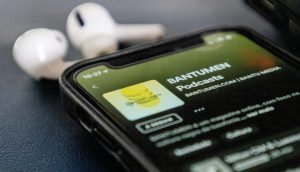A new analysis is suggesting that connected TV apps suffer from a lack of standardized identifiers, which may give way to inaccurate measurement in the best case and outright ad fraud in the worst.
A Bundle ID is a unique string of characters that is meant to uniquely identify specific apps.
However, a lack of standardization means some apps – including those on connected TV devices – may have more than one Bundle ID. This can lead to confusion and inaccuracy when it comes to ad targeting and measurement, but also presents vulnerabilities that can be exploited for ad fraud.
Pixalate analyzed connected TV transactions conducted on Roku and Amazon Fire TV devices in Q4 to get an idea of how widespread the issue may be.
It found that 39% of apps of Roku devices and 37% of apps on Amazon Fire TV devices had multiple Bundle IDs. For Roku, that is actually a very slightly decrease from the 40% Pixalate observed in September, but in Amazon’s case, it’s a stark increase from the 30%.
Multi-channel video apps – such as Fubo – were in particularly dire situations, with some having more than 100 Bundle IDs.
These multi-ID apps are also commanding a high portion of spending in the growing connected TV space. On Roku, Pixalate estimates that 92% of spending in open programmatic markets went to apps with multiple Bundle IDs, with 84% for those on Fire TV. Furthermore, apps with more than 10 Bundle IDs brought in 14% of open programmatic spend on Roku, and 34% on Fire TV.























